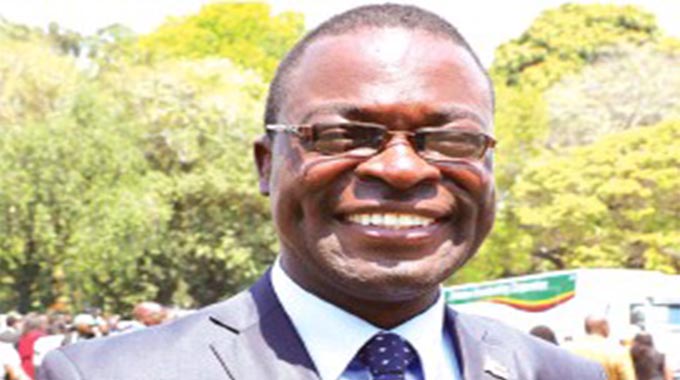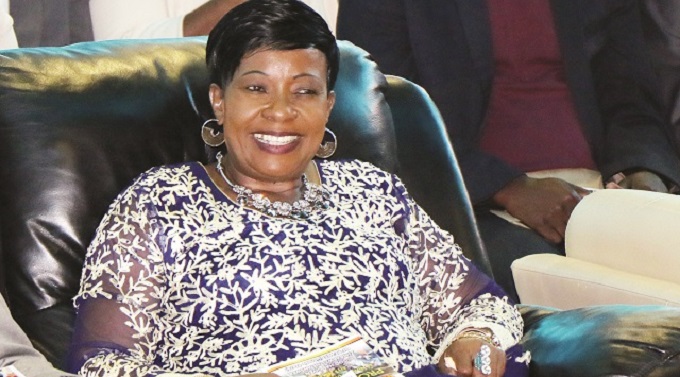STEM redesigned

Auxilia Katongomara, Chronicle Reporter
THE Government has redesigned the STEM programme in universities to be heritage based with focus on the modernisation and industrialisation of the country.
The heritage theme focuses on the use of local resources which will in turn create industries rather than job seekers from graduates.
Presenting a Ministerial Statement in the National Assembly last week, the Minister of Higher and Tertiary Education, Science and Technology Development, Professor Amon Murwira, said there was a paradigm shift in STEM focus in tertiary institutions.
“We are redesigning and we have redesigned because the game is won or lost in the design stage. We have said we are going to follow within this design, the heritage based development or philosophy which will guide the Ministry in its quest to advance science and technology for industrial development.
“Our philosophy of heritage based science and technology development uses the most cutting edge competitive knowledge STEM, knowledge from anywhere in the world but is applied on the local environment,” he said.
Prof Murwira said science and technology will be applied to advance the delivery of goods and services aimed at industrialising and modernising Zimbabwe.
“We are implementing STEM at our higher and tertiary institutions using the heritage based philosophy which basically says; use the local environment to innovate.
You cannot import in order to develop. We have to be able to make sure that we reduce the import bill by making sure that we use Science, Technology, Engineering and Mathematics properly in this country on its local resources,” he told legislators.
Prof Murwira said they were moving from Education 3.0 which is designed to produce research articles and materials for teaching and consultancy and not for production to Education 5.0 which is meant for and is expected to produce goods and services.
“What we are saying is that our knowledge should be based on the resources that we have. Resources are not, they become. Resources become because of the way we apply science technology, engineering and mathematics to them. Zimbabwe has to be wealthy and not rich.
“Rich means that you have got a lot of things but you do not know how to use them properly but if you are wealthy, your education is good and your resources are good, apply STEM on your resources and they become resources. Zimbabwe becomes developed. This is the context in which we are applying STEM in Zimbabwe. We are implementing STEM with this philosophy,” he said.
Prof Murwira gave an example of Great Zimbabwe which was built of stone found in the area.
“Therefore our science has to use the local resources in order for us to advance this country. We are saying we cannot buy development. We can do development based on this heritage based philosophy.
“Saudi Arabia is known for being developed because of its oil heritage. Zimbabwe shall be developed using the resources that are here but using its people, science and colleges. This is the context in which we are applying our STEM; STEM on industrialisation that is based on the heritage,” he said.
“Our aim is for education to cause industry not vice versa. We were used to an education system whereby a person finishes and say give me a job but then you wonder – why did we send you to school? It was a wrong design of our education system. That is what we are saying. Our STEM should be used within this context”.
Prof Murwira said the prioritised focus for STEM is on Information and Communication Technology research and development, Geospatial, aeronautical and space capability, Energy and minerals research, geospatial, Aeronautical and space capability, Agriculture research and development and infrastructure research and development programmes.
He said the Information and Communication Technology Research and Development programme will solve problems and derive benefits from opportunities existing in the critical economic sectors or areas such as agriculture, weather, climate research, engineering, life sciences, space sciences, and mining among others.
Prof Murwira said they have completed a project at Chinhoyi University of Technology where they got seven million capacity bull semen straws to be produced annually.
He said they had started the Zimbabwe National Geospatial and Space Agency (ZIMSA) to facilitate the design and conduct of research and development initiatives that promote advances in Geospatial Science, Earth Observations, Space Science, Space Engineering, Aeronautical Engineering, Astronautical Engineering, Satellite Communication Systems, Global Navigation Systems, Land Positioning Systems, Unmanned Aerial Vehicles and the launch of satellites.
Turning to the Energy and Minerals Research Programme, Prof Murwira said the programme focuses on providing the country with alternative forms of sustainable energy through carrying out research development on alternative sources of liquid fuels focusing mainly on abundant resources such as coal.
— @AuxiliaK.











Comments